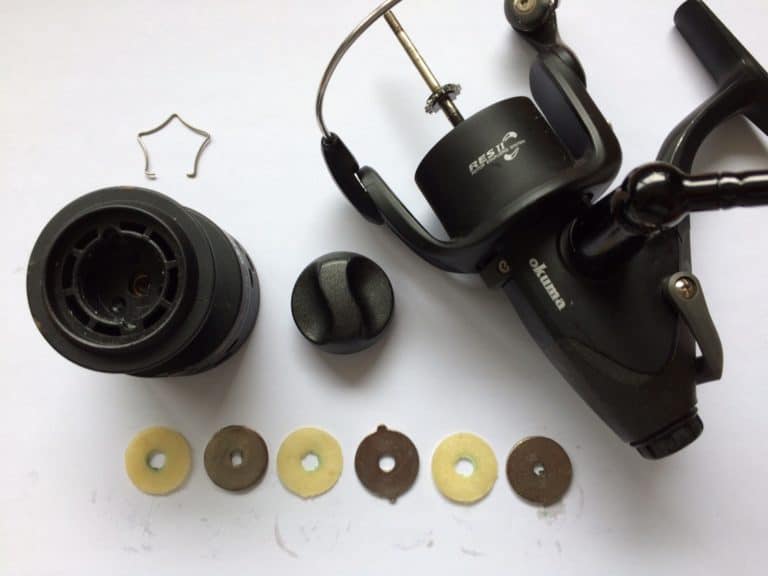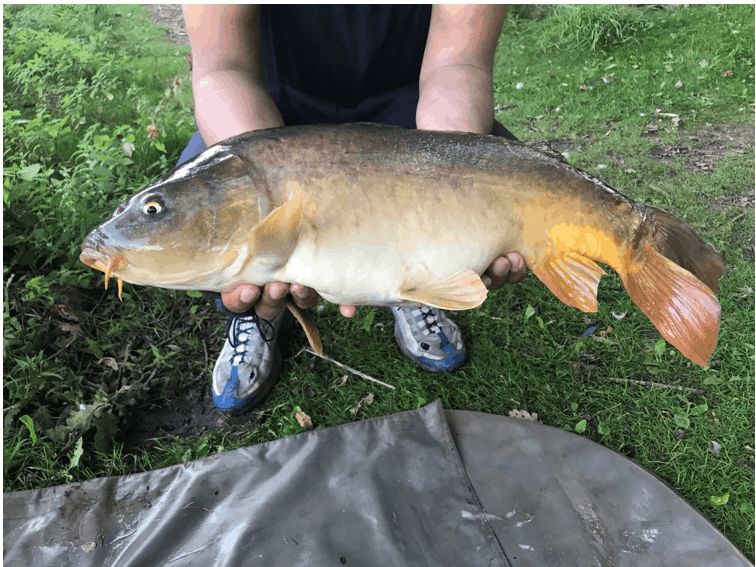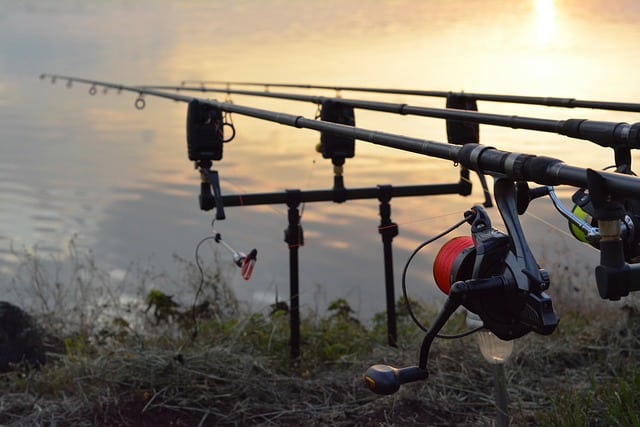How to spool up a spinning reel

When carp fishing your reel is arguably one of the most important pieces of tackle, knowing the basics of how it operates as well as how to replace the line of your reel will put you in a much better position to deal with any possible issues which you may encounter.
Understanding this information means that you can deal with knots and tangles in the line and also be able to perform the correct maintenance for your reel. Once you know how to spool your reel, fishing trips will never be cut short due to line problems. Not to mention that spooling your reel will also save you time and money in the long run, the process is fairly simple and shouldn’t take too long for you to get the hang of. When spooling your reel its important to choose the correct type of line for your fishing style, in this article we will go through how to choose the best line for you as well as a step by step guide of how to spool up your reel.
Choosing what line to use
- Monofilament line: This line is usually used for float fishing, its fairly flexible which helps the hook to stay in the fishes mouth and is slightly stretchy. Monofilament line is not the strongest line on the market however if your are float fishing its probably your best bet, when fishing with floating baits monofilament is also the best line to use as the extra flexibility assists with keeping the bait where it should be.
- Braided line: Consists of different synthetic braided material making it extremely strong and perfectly equipped for long casts. This line is wont stretch and has a high breaking strain designed for when your fishing for those bigger carp. Braided line should be used if your bottom fishing and is visible when floating in the water so use it selectively, the line is also slow sinking.
- Fluorocarbon line: This line is similar to monofilament line however has less stretch and flexibility, its ideal for fishing in calm and shallow waters. The line is very difficult to see underwater making it an excellent tool for preventing fish from becoming spooked, even in crystal clear lakes. Fluorocarbon can be an excellent line for carp fishing if used in the correct environment.
Now you’ve chosen the appropriate line its time to spool up your reel. By following these steps you should have a good idea of how to spool line on to your reel quickly and effectively as possible.
Step 1: Start off by assembling your rod and securing the empty reel as normal, this should be fairly straight forward just like your would when fishing. After doing this start to pass the line through the eyes of the rod until the line reaches your real at this point you should consider setting your new line down on a secure surface where the line will be able to flow off it smoothly. Its best to face it flat down with the top side upwards, this will ensure the line flows off easily. Once you’ve done all of this make sure there is some excess line at the reel.
Step 2: Using the line start to tie an Arbor knot, the best way to do this is to tie an overhand knot around the spool and then tie another overhand knot around the end of the first knot. The second knot should tighten down and should slide down next to the first knot. After doing this clip of any excess line with a line clipper.
The Arbor Knot
STEP 1:

STEP 2:

STEP 3:

STEP 4:

Step 3: The majority of carp reels have a clockwise line retrieval, after getting everything set up its best to grab a cloth and hold the line using it to minimize the risk of injury. The cloth should also allow you to keep the line nice and tight when spooling which ensures for a tight wrap around the spool, if the line is spooled too loosely it may result in excessive knots and tangles when being fished with.
Step 4: When using a braided line its best to place the line inside some warm water and spool it on from that position. Apart from that now hold the line with some tension and start to “reel in” try to maintain even pressure on the line throughout this process to achieve the best results. Continue winding until the line is parallel with the lip of the spool.
Step 5: Use a line clipper to cut the line at this point, your reel should full of the fresh line ready for fishing. Before fishing with your line make some casts with a heavy led this will again make sure everything is smooth and secure. (Note: this step is only necessary with braided mainline). Now your reel should be ready for fishing.
So there you have it a quick guide of how to spool up your reel, if you found this article useful then make sure to check out some of our other articles. If your looking for what reel to buy and then check out some of our unbiased reviews where we go through their advantages and disadvantages as well as providing the most up to date prices.






